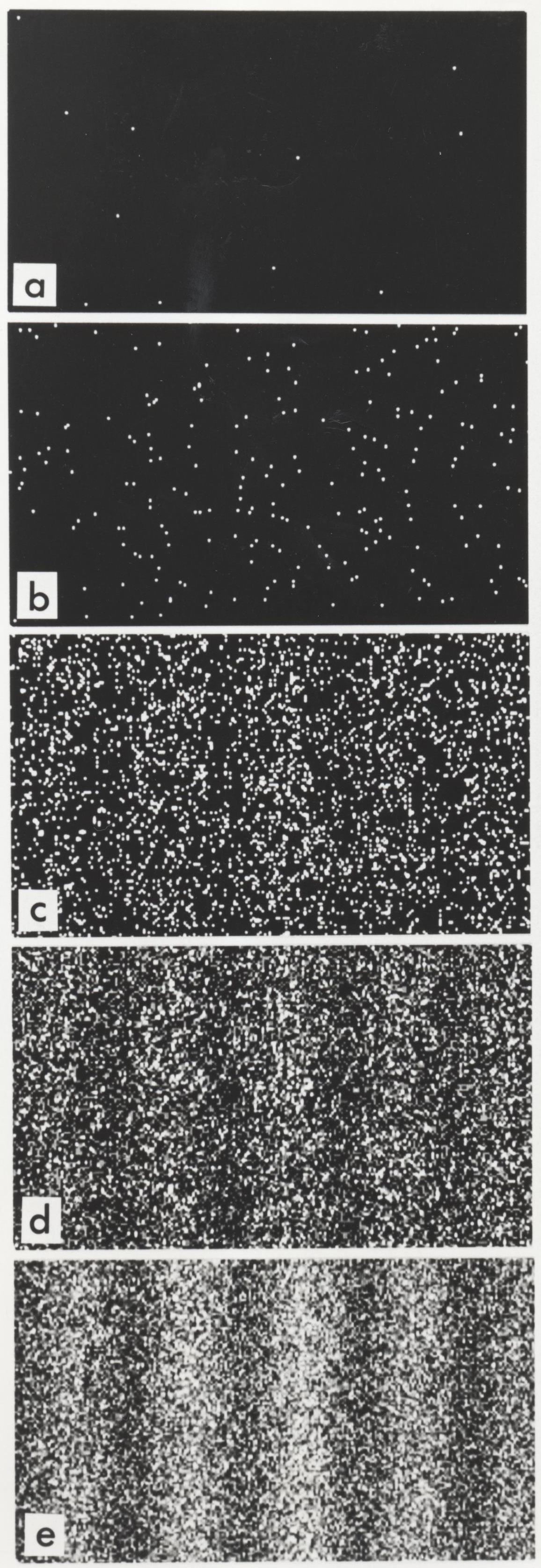Something has been bugging me from the start. 
It has to do with the premise that accurately timing the photons can tell all about which slit a photon goes through. In fact, I was initially on board with this concept and
assumed it could work. I thought that the idea was as solid as the simple geometrical approach to describing the 2-slit interference process itself. Until I realized the following failure point: There exists an axis of uncertainty which is parallel to the slits and intersects a line midway between and perpendicular to the slits (in the propagation direction). Along this axis,
photon timings CANNOT be distinguished. The problem is suspicious to me because, if one assumes the timing model, it means that
interference can happen ONLY along this axis. It then follows that the intensity on this axis can be 2x greater (by virtue of interference) than the rest of the intensity distribution! Let's say we can resolve timing distances = wavelength, then this central region will be about the width of a normal fringe. If the timing description is correct, what you would see is a normal diffraction pattern (no fringes) with a central intensity spike 2x brighter than the adjacent intensity regions. Do you see why this outcome seems hoky to me? In my opinion, this is a non-physical result and is a mathematical artifact of applying a photon timing model. I believe that any method used to track/interrogate a photon can result in
three possible outcomes:
1.
No light at all. This is the simplest outcome because it means that our method of measuring the launched photon departure time was poorly done. The photons are annihilated because we perturbed them (too much) and therefore no photons make it to the slits, and no light reaches the camera.
2.
Intereference pattern preserved. To me, this outcome is more likely given a "good" timing setup, but we do not perturb the launch photon. Our indirect methods are based on a 2nd "simultaneous" photon, or an accurately calibrated electronic signal/trigger. The reason why is pretty simple - even if we had a "perfect" timing technique, we cannot violate the uncertainty principle, so therefore our timing measurements are really academic only. I believe we can't make good enough timing measurements. An unchanged interference pattern tells us so.
3.
Degraded interference pattern overlaid on a diffraction pattern. This has been demonstrated (Wiki + other links). However, these setups are more sophisticated and I didn't think Robert was intending this outcome.
One interesting point: Not one of the outcomes is purely a diffraction pattern! For us to generate that we would have to block a slit, which we don't do.
Based on what I know, I chose outcome #2 but other outcomes are possible based on Robert's intent and assumptions. It's late now, but maybe some clarification on photon departure timing is needed (Thanks The_Duck for your comments).
Lastly, if the answer really is the oddball intensity distribution, then the correct choice should be Waffles the Wonder Llama.
Robert, great problem! You think you spend too much time on these things? I don't know, I might have you beat!
Keep up the great work!
